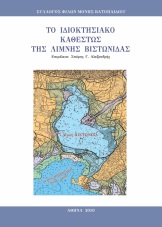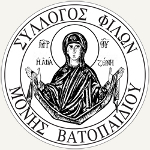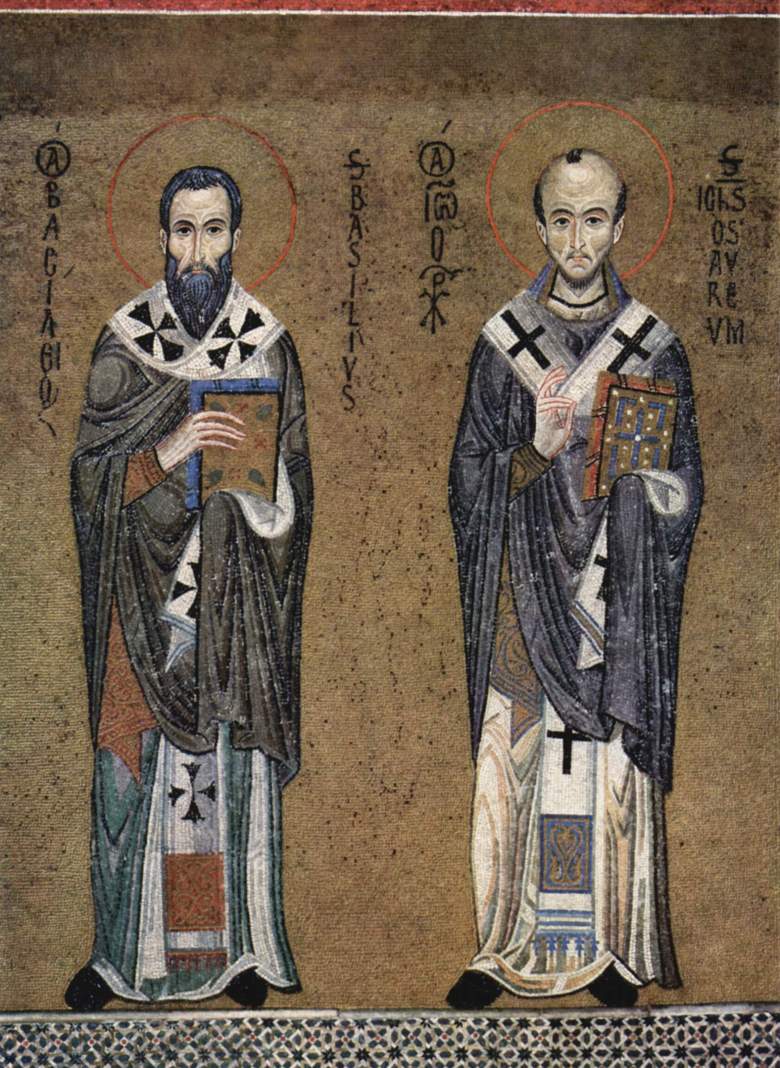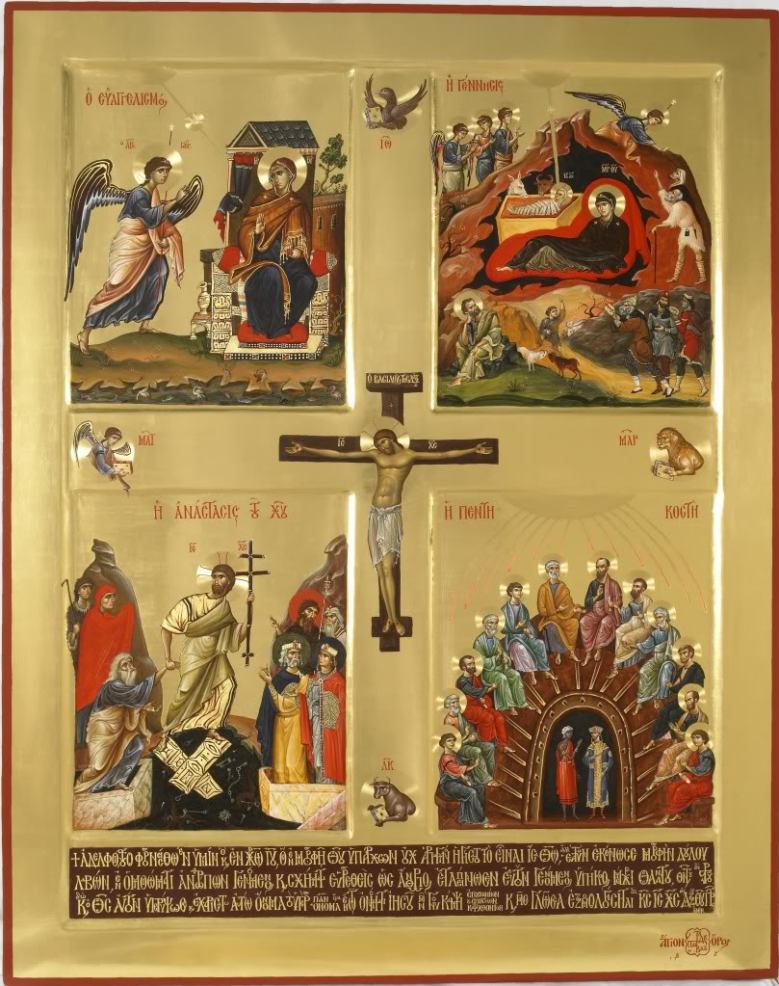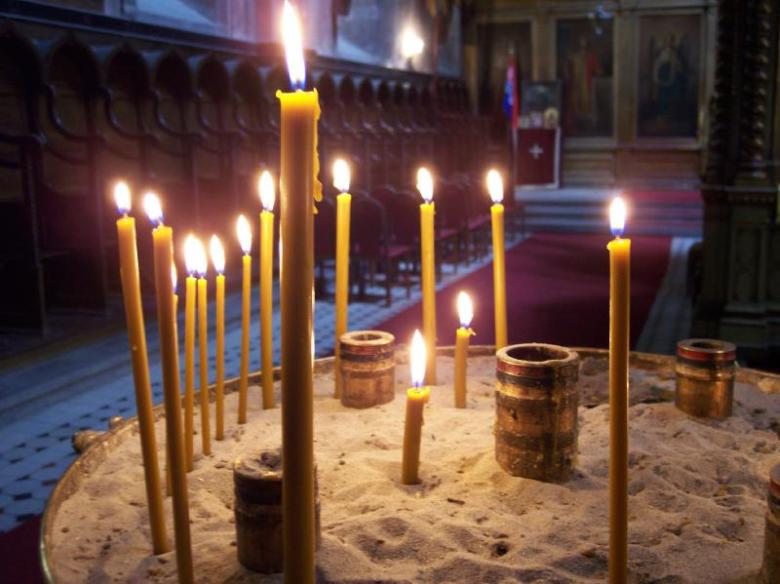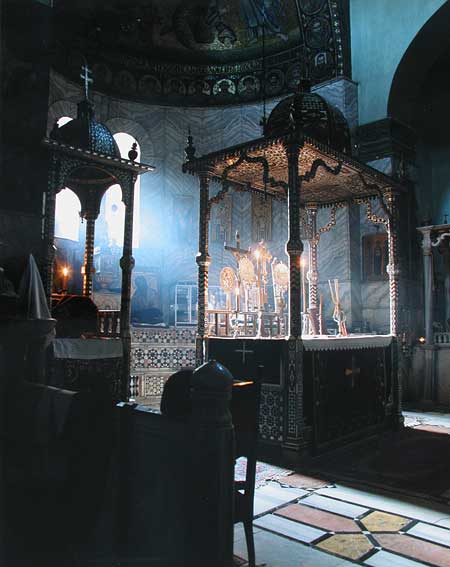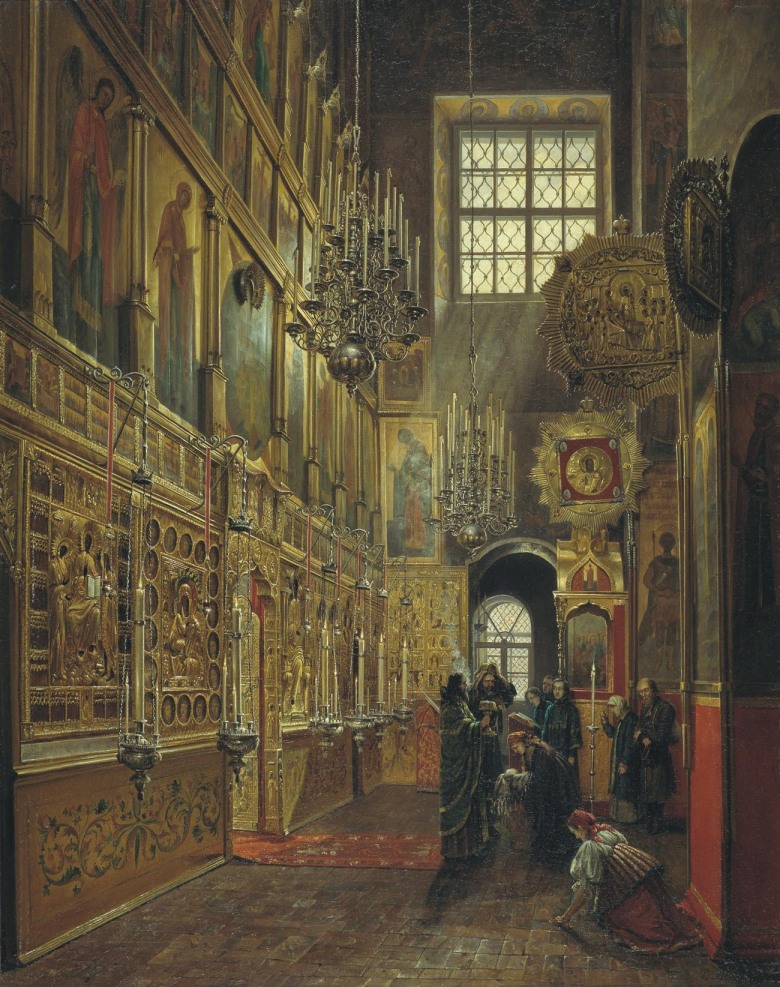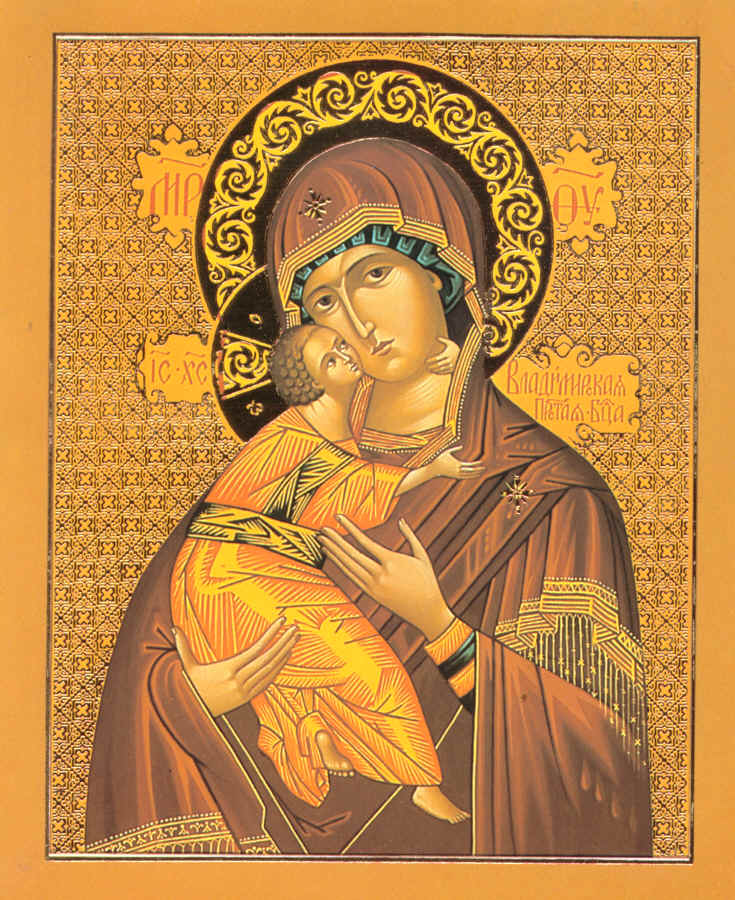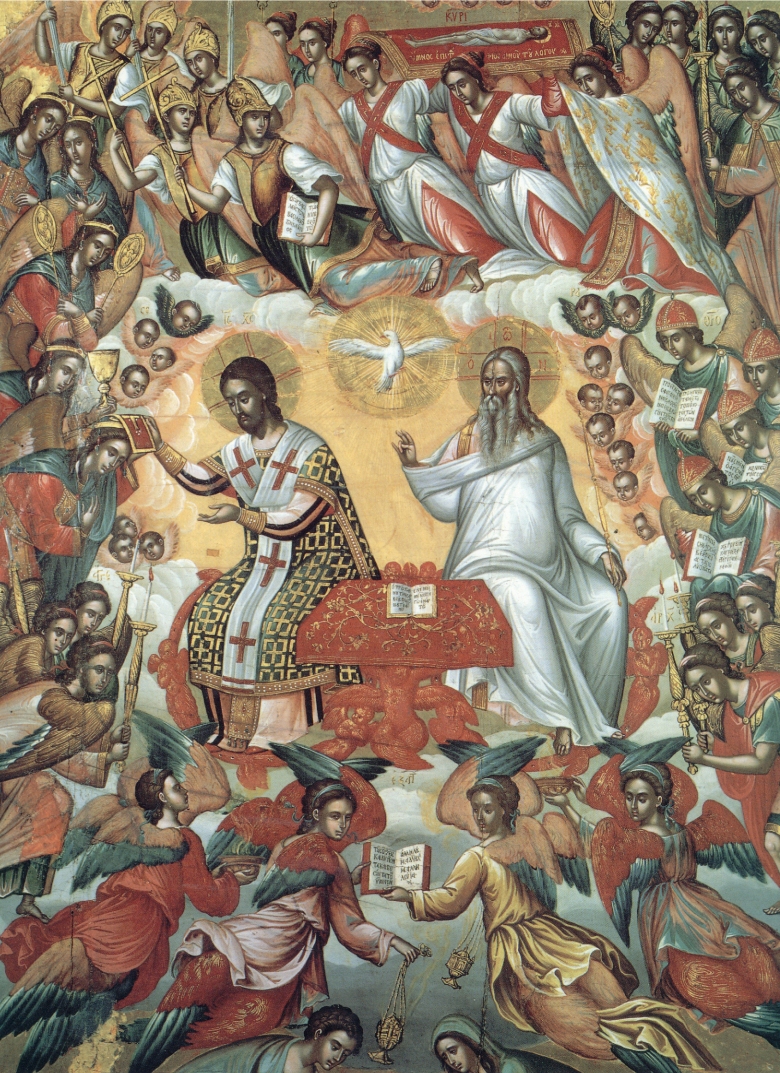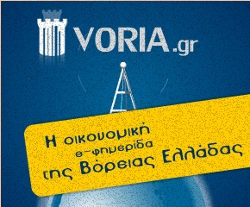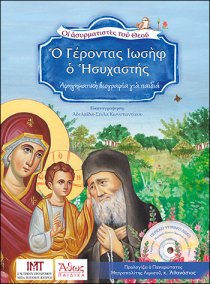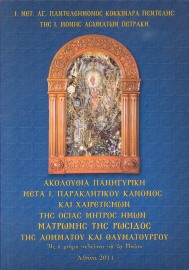Holy Communion.
Communion is preceded by the fraction of the Lamb. The Priest and concelebrating Cler-gy, if any, communicate from the portion XC and the portions NI and KA are for the Commu-nion of the laity. The portion IC is placed in the Chalice last. Hot water is poured into the Chalice after the IC portion, symbolizing the water that poured forth from the Lord’s side, showing that although He was dead, His body was not devoid of divine virtue — that is, the warmth and vitality of the Holy Spirit.
After the Communion of the Clergy, the curtain is opened and the Priest comes out with the Chalice, at the exclamation, “In the fear of God and with faith, draw near!” Before the Com-munion of the Faithful, the Communion Prayer — a brief Symbol of Faith in Christ — is recited.
Prayer:
